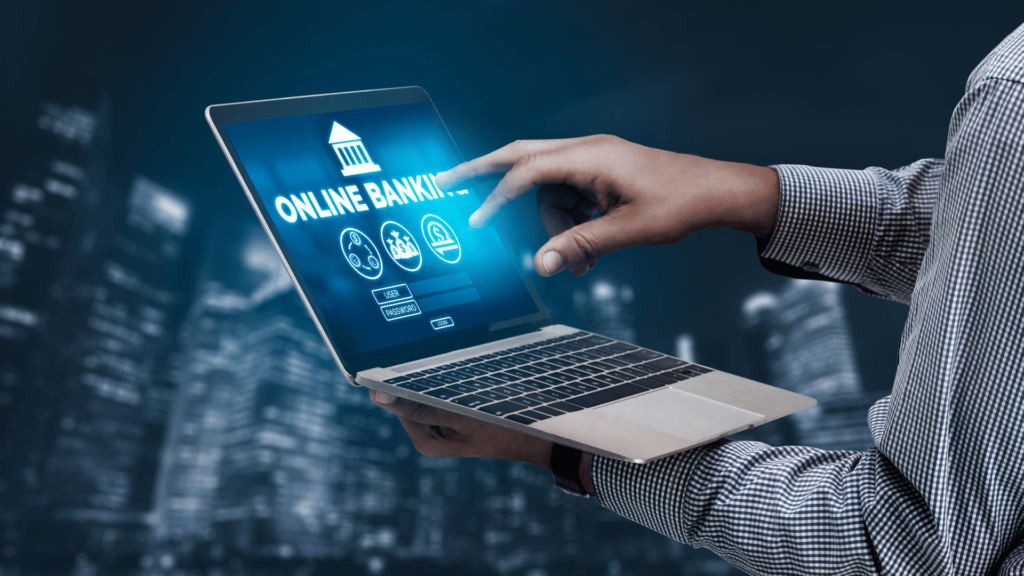Digital banking has revolutionized how people manage their finances, with online and mobile banking being the top choices for many. According to a 2022 Ipsos-Forbes Advisor survey, a whopping 78% of Americans prefer these digital methods. But with convenience comes responsibility: How secure are these digital platforms, and is customer data truly safe?

Data security is no longer a luxury or an afterthought. For banks, it’s a strategic imperative. At its core, data security ensures customers’ sensitive information remains shielded from unauthorized access.
In recognition of the critical role that data security plays, regulatory bodies are also upping the ante. As highlighted by the American Bankers Association, banks are now required to report any data breach that could significantly impact their operations to regulators within just 36 hours. Such mandates highlight the urgent need for banks to ramp up their data security measures.
To tackle the ever-evolving cyber threats, banks deploy a combination of cutting-edge technology and best practices. At the heart of these defenses is real-time data streaming and processing, which has become a pivotal element in fortifying banks against sophisticated cyber attacks. Harnessing real-time data not only boosts security layers but significantly trims down fraud response time. This immediate action is crucial in an environment where mere milliseconds can spell the difference between a thwarted attack and a successful breach.
Furthermore, the value of real-time data processing isn’t just in its immediacy. Banks can dynamically adjust their security protocols based on emerging threats, ensuring that their systems aren’t just reactive, but also predictive. The potential of such technologies has given rise to partnerships with firms that have a robust expertise in real-time data synchronization.
At Sprinterra, we pride ourselves on our deep expertise in real-time data synchronization, particularly with systems like Oracle. Our successful integration of Oracle’s change data capture capabilities allows for seamless data streaming to Cloud Data Warehouses, such as Snowpipe for Snowflake and Databricks’ Data Loader. This knowledge positions us at the forefront of enhancing banks’ cybersecurity toolkits, ensuring the utmost protection for both institutional assets and customer data.
And here are some other steps banks can take to secure the data:
Multi-factor Authentication (MFA): MFA requires verification through multiple methods, ensuring that even if one form of identification is compromised, unauthorized access is still prevented.
Encryption: By converting data into code, encryption ensures that only the bank can decipher and access your personal information.
Privacy Protocols: Beyond setting robust privacy policies, banks prioritize training their staff to uphold these standards diligently.
Audit Trails: Banks maintain a comprehensive log of all customer interactions and transactions. This not only assures transparency but also acts as a deterrent for any internal misdeeds.
Regular Communication: From introducing new security measures to system upgrades, banks are continually in touch with their customers, ensuring they are in the loop and practicing safe banking habits.
While banks put up strong walls to ward off cyber threats, customers play an equally critical role in this defense mechanism. By being proactive and vigilant about their online banking practices, customers can significantly mitigate potential risks.

Regularly Update Passwords:
– Change online banking passwords every 3-6 months.Enable Two-Factor Authentication (2FA):
Beware of Phishing Scams:
Monitor Account Activity:
Use Secure Networks:
Install Security Software:
Stay Informed:
Logout After Each Session:
Protect Personal Devices:
Educate and Share:
By adopting these practices, customers not only protect their financial well-being but also contribute to the overall security of the digital banking ecosystem.
The digital financial landscape offers unprecedented convenience but also calls for enhanced security awareness. As cyber threats become more sophisticated, it’s crucial for banks to remain one step ahead. Financial institutions must also keep adapting and upgrading their security protocols.
If you’re in the banking industry and looking to fortify your cybersecurity strategy, don’t delay. Contact Sprinterra, a leading custom software development agency that can help tailor software solutions to your unique business requirements. Secure your future by acting today!
Get the latest insights on exponential technologies delivered straight to you
© 2025 Sprinterra. All rights reserved.